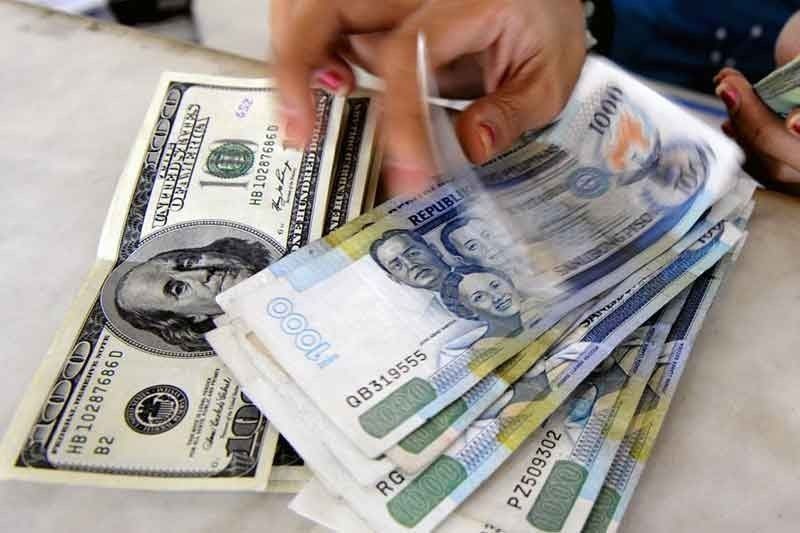Forex reserves rise to record $87 billion in 2019

Enough to cover import payments for 7 1/2 months
MANILA, Philippines — The Philippines beefed up its dollar buffer, with gross international reserves hitting a record high last year, more than enough to meet the country’s foreign exchange demand.
Bangko Sentral ng Pilipinas Governor Benjamin Diokno said the country’s GIR stood at an all-time high of $87 billion as of the end of 2019.
“We have successfully managed the balance of payments and steadily built up our gross international reserves. Clearly, this provides an abundant buffer to meet foreign exchange demands and our liquidity requirements,” he said.
Diokno said laws strengthening the country’s international reserves, amending the BSP Charter, and regulating the organization of Islamic banks were passed last year.
“These further bolstered the BSP’s capability to be more responsive to the needs of a fast-growing economy in a rapidly changing global financial environment,” Diokno said.
The GIR is the sum of all foreign exchange flowing into the country. It serves as buffer to ensure that the Philippines will not run out of foreign exchange it can use to pay for imported goods and services or maturing obligations in case of external shocks.
The BSP has been building up the country’s foreign exchange buffer to help the country survive external shocks. It uses the buffer to buy or sell dollars if it deems necessary to prevent sharp depreciation or appreciation of the peso.
Latest data from the central bank showed the country’s GIR stood at a record $86.39 billion in November, or $560 million higher than the $85.83 billion booked in October.
The buffer is equivalent to 7.5 months’ worth of imports of goods and payments of services and primary income. It is also equivalent to 5.6 times the country’s short-term external debt based on original maturity and 4.1 times based on residual maturity.
The BSP’s Monetary Board has already raised the projected GIR for 2019 to $85 billion enough to cover 7.3 months’ worth of imports instead of $83 billion or 6.9 months’ worth of cover.
For 2020, the central bank sees the GIR level rising to $86 billion enough to cover 6.8 months’ worth of imports.
Strong inflows continued to beef up the GIR from sustained remittances, robust receipts from business process outsourcing and tourism as well as steady foreign investment inflows.
The central bank sees the country booking a smaller balance of payments (BOP) surplus of $3 billion or 0.7 percent of gross domestic product (GDP) this year from the projected $4.8 billion or 1.3 percent of GDP last year.
The BOP is the difference in total values between payments into and out of the country over a period.
A surplus means more foreign exchange flowed into the country from exports, remittances from overseas Filipinos, business process outsourcing earnings and tourism receipts than what flowed out to pay for the importation of more goods, services and capital.
- Latest
- Trending






























